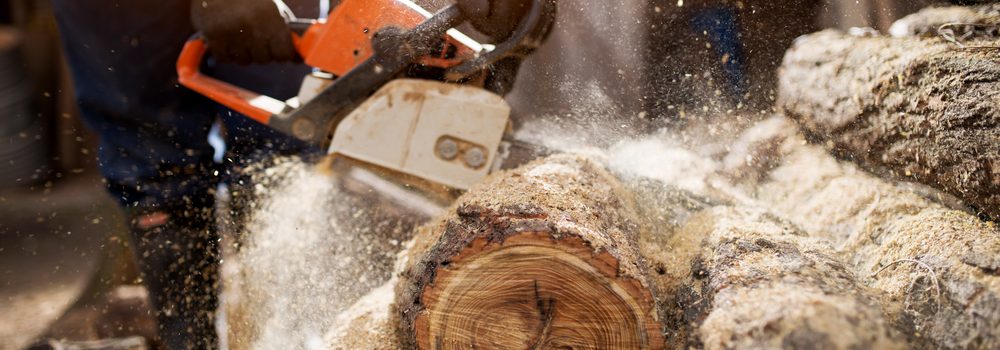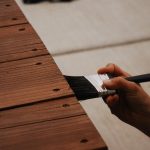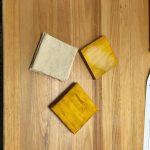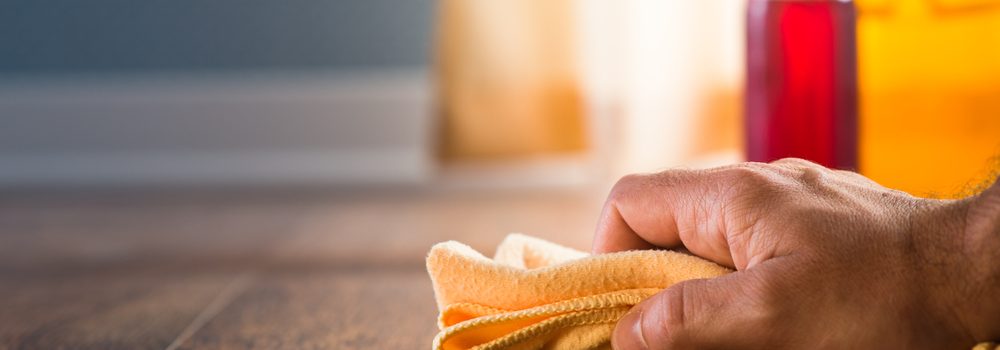What happens to the wood when happens to the wood when you have a tree removed from your yard? This is a question that many people have, and it is a valid one. Tree removal companies can do a few different things with the wood, depending on their preferences and what you want them to do with it.
In this article, we will discuss some of those options to make an informed decision about what you would like done with the wood from your tree.
1. They Can Sell It
Tree removal companies have one option: to sell the wood they remove from your yard. This can be a good option for them, allowing them to make some money off their work. Additionally, it can be a good option for you, as it means you can get cash back for the removed wood.
2. They Can Use It
Another option that tree removal companies have is to use the wood themselves. This can be a good option for them, as it allows them to save money on the wood they use. Additionally, it can be a good option for you, as it means you will not have to worry about getting rid of the wood.
3. They Can Donate It
Another option that tree removal companies have is to donate the wood they remove from your yard. This can be a good option for them, as it allows them to give back to the community. This allows everyone involved, including both parties in this process-the customer as well as those who work at removing trees -to feel like what’s being done serves some greater purpose than just making money off someone else’s property
4. They Can Mulch It
Did you know that tree removal companies can turn wood from removed trees into mulch? Mulch is an excellent addition to any garden or landscaping project, helping to conserve moisture, suppress weeds, and improve the yard’s overall appearance. Some tree removal companies will offer mulching services, grinding the wood on-site, offering it for sale, or even delivering it directly to your doorstep.
Before hiring a tree removal company, inquire about their mulching options and see if they can provide you with an eco-friendly and cost-effective solution for beautifying your outdoor space. Plus, using wood from removed trees helps to reduce waste in landfills and supports sustainable gardening practices.
5. They Can Burn It
While it may come as a surprise to some, tree removal companies do not always immediately turn to recycle or repurposing the wood they remove. One option they may consider is burning it. While this might seem like a waste of valuable resources, this approach has several benefits.
Burning the wood can generate heat for homes and businesses, provide an environmentally friendly alternative to fossil fuels, and offer an efficient way to dispose of large quantities of wood in a controlled manner.
However, homeowners and property managers must consider all options when choosing a tree removal service. Sustainable forestry practices and finding creative ways to recycle or repurpose the wood should also be a priority for individuals and companies in the industry.
6. They Can Send It to a Facility
When a tree removal company cuts down a tree, they have several options for disposing of the wood. One option is to send it to a facility where it can be processed into lumber, firewood, mulch, or biofuel. This not only helps to recycle the wood and reduce waste, but it can also provide an additional source of income for the tree removal company. Homeowners looking to remove a tree can request that the wood be sent to such a facility instead of being chipped or hauled away.
Relevant Topic : How do you protect yourself Dangers of Wood Dust
7. They Can Recycle It
Rather than letting it go to waste, they turn it into valuable products like mulch, wood chips, and even furniture or building materials. Not only does this reduce overall waste, but it’s also a sustainable and eco-friendly approach to tree removal. If you’re considering having a tree removed from your property, inquire about their recycling program and see how you can contribute to this green initiative.
8. They Can Use It for Firewood
One option is to use it as firewood. The thickness and length of the wood determine whether it can be used for smaller fires or larger ones in fireplaces or outdoor pits. The tree removal company may also sell the firewood to individuals or businesses in need of fuel for their fires. Before cutting and selling the wood as firewood, arborists will often let it a season, allowing moisture within the wood to dissipate, resulting in a cleaner burn.
So next time you need some wood for your fireplace or outdoor pit, consider purchasing from a local tree removal company – you’ll be keeping debris out of landfills and supporting a local business simultaneously.
Conclusion
When deciding what to do with the wood from a removed tree, there are a few things to consider. Landfills are an easy option for tree removal companies but they are not environmentally friendly. Mulching and composting are more environmentally friendly options, but they require extra preparation from the tree removal company.
If you have the space, you could ask them to leave the wood on your property so you can repurpose it yourself. Whatever you decide, ask your tree removal company about their policies regarding disposing or repurposing the wood from removed trees.





 Dying should be used to put emphasis on fine wood grains such as walnut burl or bird’s eye maple. It is also used for dense woods like hard maple. You can also use dying to balance the color of walnut sapwood. Lastly, dying is also highly recommended if you are working with a blotch-prone wood, say pine tree.
Dying should be used to put emphasis on fine wood grains such as walnut burl or bird’s eye maple. It is also used for dense woods like hard maple. You can also use dying to balance the color of walnut sapwood. Lastly, dying is also highly recommended if you are working with a blotch-prone wood, say pine tree. 
